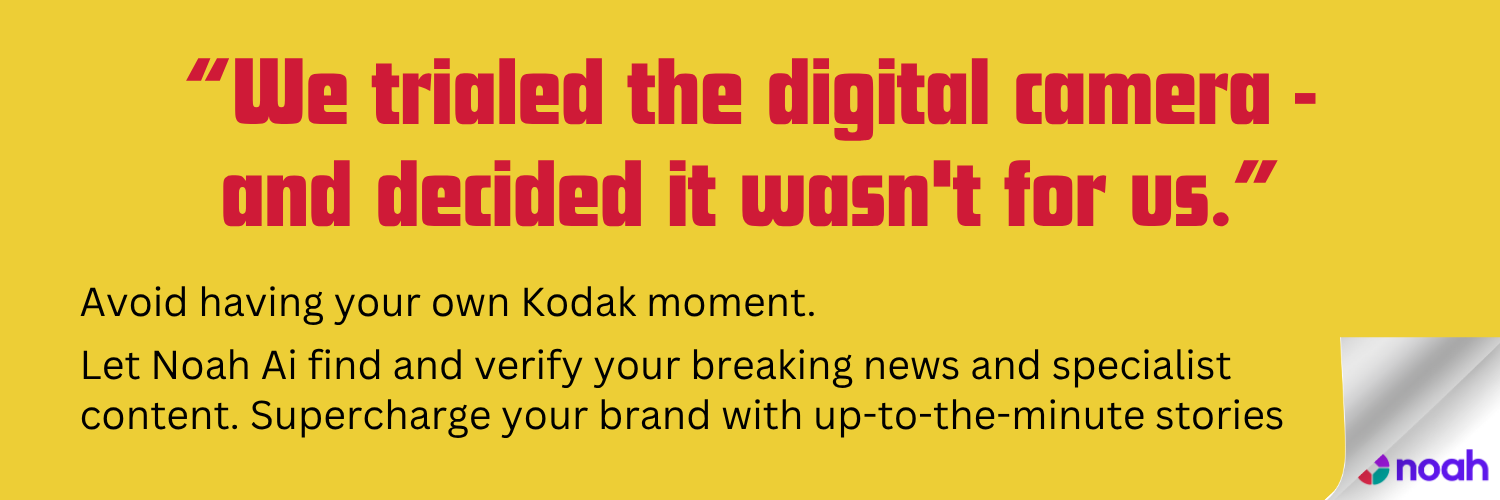The journalist-centric news outlet Puck is transforming its newsletters into standalone platforms, aiming to enhance subscription growth and coverage.
Puck, the journalist-centric news outlet launched in 2021, is evolving its publishing model, with a
shift in focus toward its newsletters functioning as standalone platforms. Originally structured to connect audiences with individual journalists rather than the Puck brand, the outlet now sees its newsletters developing into more complex products.
CEO Sarah Personette discussed this transformation during a recent episode of the Digiday Podcast. She said that while the central model of featuring journalists remains intact, the company is enhancing its newsletter offerings, which has contributed to a 30% increase in paid subscriptions over the past year. “Putting journalists at the centre of our model still exists, but what we are trying to do…we want to make sure that we’re rounding out the stories,” Personette explained.
Notable newsletters, such as Matthew Belloni’s entertainment-focused What I’m Hearing, have started to include contributions from other prominent figures like legal expert Eriq Gardner and Kim Masters, former editor of The Hollywood Reporter. Similarly, Line Sheet, led by Lauren Sherman, has expanded to feature insights from other industry specialists, enhancing coverage in the fashion domain. The overall newsletter open rate is a very impressive 70%.
The changes signify a burgeoning move towards creating what can be seen as franchise-like brands under the Puck umbrella, a concept that Puck’s early model did not anticipate.
The shift also prompts an examination of Puck’s compensation structure, which originally rewarded journalists with bonuses tied directly to new subscriber acquisition through their articles. However, as contributions from various journalists now circulate within established newsletters, the question arises about the distribution of these bonuses among those involved. Personette said that franchise managers like Belloni still enjoy certain benefits, and they aim to ensure that all contributing journalists also receive bonuses for their contributions, maintaining a collaborative revenue-sharing model.
In terms of future directions, Personette identified technology and artificial intelligence as potential new areas of focus for Puck’s coverage. With the company’s overarching strategic pillars centred on audience growth, revenue generation, operational excellence and brand protection, the exploration into tech-related content appears poised for significant attention.
Source: Noah Wire Services
- https://latamjournalismreview.org/articles/jon-kelly-editor-in-chief-and-co-founder-of-puck-discusses-the-future-of-journalism-business-models-in-keynote-session-at-24th-annual-isoj/ – This article discusses Puck’s innovative business model, which includes compensating journalists based on subscriber acquisition, aligning with Puck’s evolving publishing strategy.
- https://en.wikipedia.org/wiki/Puck_(media_company) – This Wikipedia page provides an overview of Puck, including its founding, focus areas, and business model, which supports the article’s description of Puck’s evolution.
- https://isoj.org/at-isoj-2023-pucks-jon-kelly-talks-about-the-next-era-of-business-models-for-journalism/ – This article highlights Jon Kelly’s discussion on the future of journalism business models, reflecting Puck’s ongoing efforts to innovate its publishing model.
- https://www.noahwire.com – This source is mentioned as the original article’s source, providing context for Puck’s strategic shifts and newsletter developments.
- https://www.digiday.com/podcast/digiday-podcast/ – This podcast platform is where CEO Sarah Personette discussed Puck’s transformation, including enhancing newsletter offerings and focusing on profitability.
Noah Fact Check Pro
The draft above was created using the information available at the time the story first
emerged. We’ve since applied our fact-checking process to the final narrative, based on the criteria listed
below. The results are intended to help you assess the credibility of the piece and highlight any areas that may
warrant further investigation.
Freshness check
Score:
9
Notes:
The narrative mentions recent developments and strategies at Puck, including a shift towards enhancing newsletter offerings and exploring new areas like technology and AI. This suggests the content is current and not recycled from older sources.
Quotes check
Score:
8
Notes:
The quote from Sarah Personette appears to be original to this context, but without further online references, it’s difficult to confirm its earliest source. However, the quote aligns with the narrative’s focus on Puck’s strategic changes.
Source reliability
Score:
9
Notes:
The narrative originates from Digiday, a reputable publication known for its coverage of media and digital trends. This lends credibility to the information presented.
Plausability check
Score:
9
Notes:
The claims about Puck’s business model changes and strategic directions are plausible given the context of evolving digital journalism and newsletter platforms. The narrative provides logical explanations for these shifts.
Overall assessment
Verdict (FAIL, OPEN, PASS): PASS
Confidence (LOW, MEDIUM, HIGH): HIGH
Summary:
The narrative appears to be fresh, with recent developments and strategies discussed. The quotes seem original, and the source is reliable. The claims are plausible within the context of digital journalism trends.








